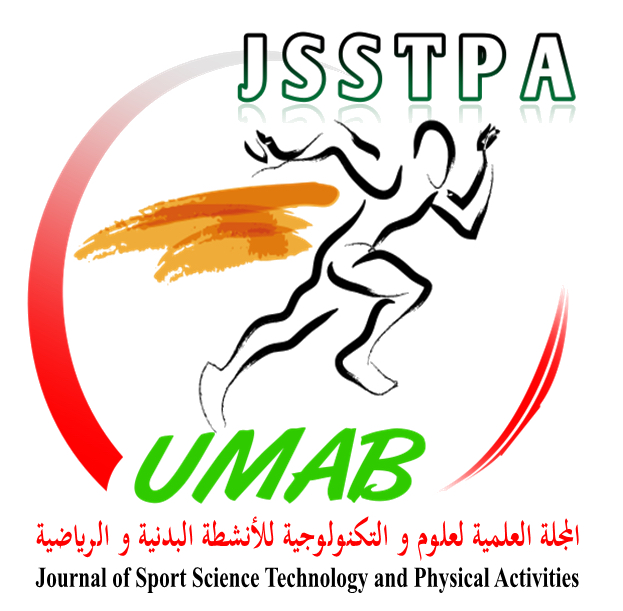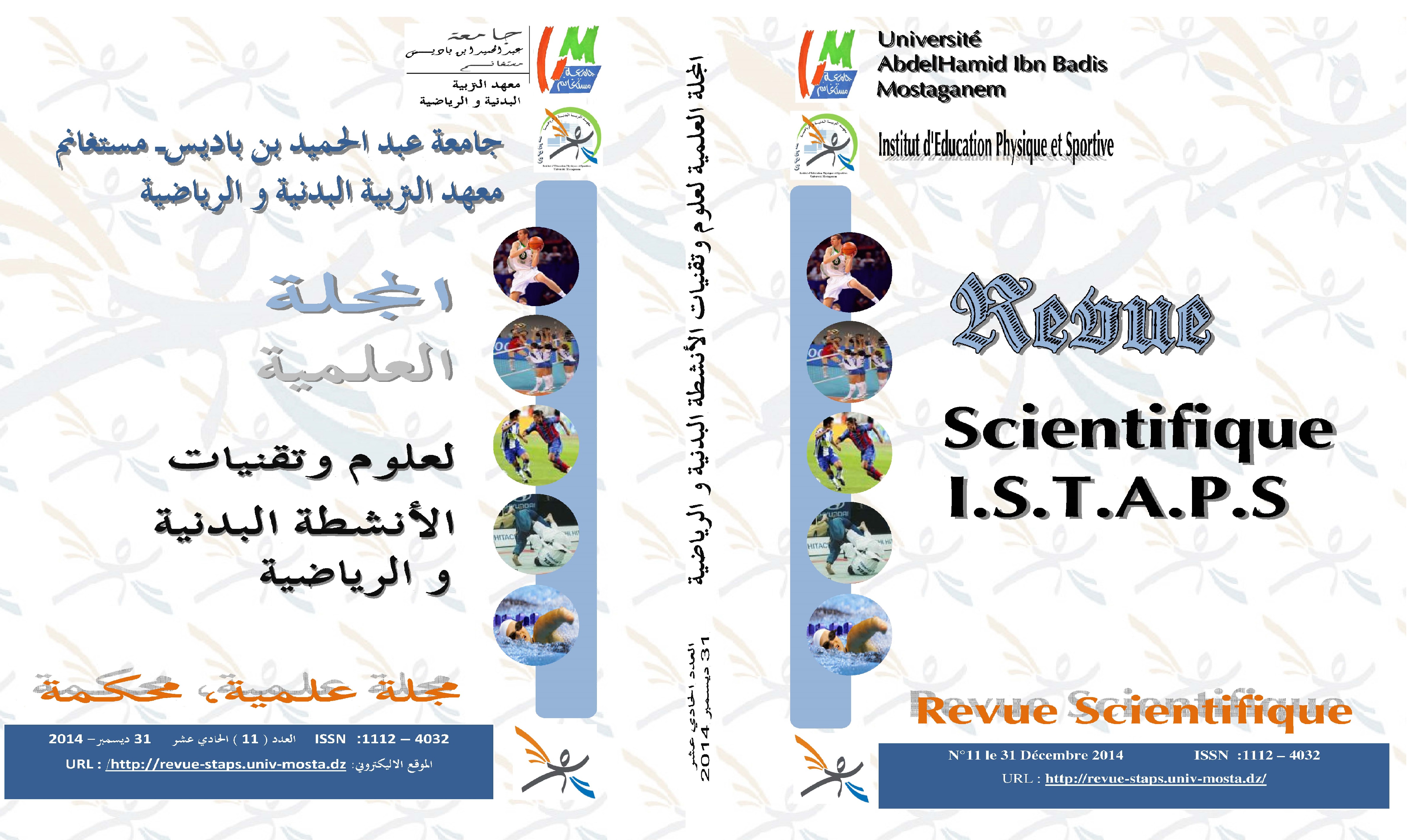The purpose of this longitudinal study was to analyse the evolution of boy’s maximal anaerobic power according to their biological maturation
Keywords:
puberty stages, anaerobic power, choolboys, anthropometric parametersAbstract
The purpose of this longitudinal study was to analyse the evolution of boy’s maximal anaerobic power according to their biological
maturation.
92 sedentary schoolboys aged 11 to 15 years old has been followed during two years. The puberty age was evaluated according to Tanner’s classification. We proceeded to the measurement of the anthropometric parameters. The evaluation of theanaerobic processwas donethrough of force-velocity test Vandewalle. Our results reveal that the majority of the morphological indicators of the population have evaluated very significantly from puberty stage 1 to stage 4. The transitionfrom the second tothirdpubertal
stage seemsdeterminingin the evolution ofmajormorphological and physiologicalparameters. From stage 1 tostage 4there was averysignificant development (p < 0,001) maximal anaerobic power (Wanmax) and maximal strength (Fo).
The passagefrom the second tothirdpubertal stageseemscrucialin the evolution ofmajormorphological and physiologicalparameters of theeffort.
Downloads
Published
How to Cite
Issue
Section
License
Copyright (c) 2025 Journal of Sport Science Technology and Physical Activities

This work is licensed under a Creative Commons Attribution-NonCommercial-NoDerivatives 4.0 International License.


